by Peyton Apr 24,2025
The 1970s were a tumultuous period for Marvel Comics, marked by significant changes and the introduction of iconic stories like "The Night Gwen Stacy Died" and Doctor Strange's encounter with God. However, it was in the early 1980s that Marvel truly shone, heralding what many consider to be the company's golden age. This era saw legendary creators like Frank Miller, John Byrne, David Michelinie, Chris Claremont, Roger Stern, and Walt Simonson delivering groundbreaking work on some of Marvel's most beloved titles. Their contributions during this time are crucial to understanding the enduring popularity of characters like Daredevil, Fantastic Four, Iron Man, X-Men, Spider-Man, and Thor.
The 1980s stand out as a pivotal decade in the full history of the Marvel Universe. In this seventh installment of our series on essential Marvel issues, we delve into the key moments and characters that defined this era.
More Essential Marvel
Chris Claremont's seminal run on the X-Men, which began in 1975, reached its zenith in the early 1980s with three standout stories. The Dark Phoenix Saga, spanning X-Men #129-137, is arguably the most iconic X-Men story ever told. In this cosmic epic, Jean Grey, under the influence of the Phoenix Force and the Hellfire Club, transforms into the Dark Phoenix, becoming a formidable adversary to her former teammates. This saga, co-plotted and illustrated by John Byrne, not only showcases gripping storytelling but also introduces key characters like Kitty Pryde (Shadowcat), Emma Frost, and Dazzler. Jean Grey's ultimate sacrifice remains one of the most poignant moments in X-Men history. The story's impact is evident in its numerous adaptations, though fans often feel that the essence of the tale is best captured in animated series like X-Men: The Animated Series and Wolverine & the X-Men.
Following closely, Days of Future Past in X-Men #141-142 presents a dystopian future dominated by the Sentinels, first introduced by Stan Lee and Jack Kirby in 1965. In this narrative, an adult Kitty Pryde travels back in time to avert the assassination of Senator Robert Kelly, which would trigger this bleak future. This compact yet powerful story has left a lasting legacy, inspiring various adaptations, including the 2014 film X-Men: Days of Future Past and the season arc of Wolverine & the X-Men.
Completing the trilogy of essential X-Men stories from this period, X-Men #150 features a pivotal battle with Magneto that nearly results in Kitty Pryde's death. This confrontation leads to the revelation of Magneto's Holocaust survivor backstory, a revelation that has significantly shaped his character's arc and moral complexity in subsequent narratives.
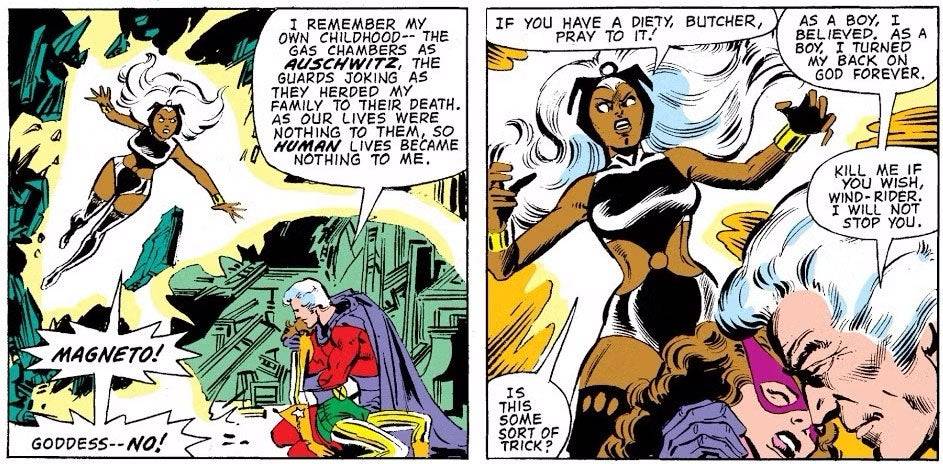
The First Appearances of Rogue, She-Hulk, and the New Mutants
The 1980s also introduced several iconic female characters to the Marvel roster. Rogue, who would become a beloved member of the X-Men, initially debuted as a villain in Avengers Annual #10. As part of Mystique's Brotherhood of Evil Mutants, Rogue's power absorption leads her to drain Ms. Marvel (Carol Danvers) of her abilities, setting both characters on new paths. This issue also touches on Carol's traumatic experiences with Marcus Immortus, a darker chapter in Marvel's history.
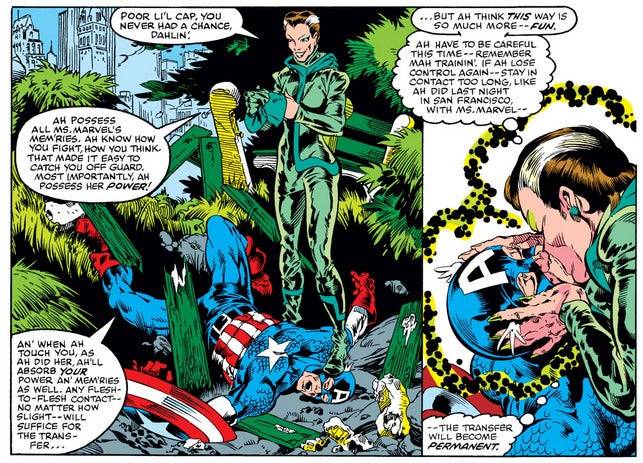
Another significant debut was Jennifer Walters, aka She-Hulk, in Savage She-Hulk #1. As Bruce Banner's cousin who gains similar powers through a blood transfusion, She-Hulk's character truly flourished when she joined the Avengers and Fantastic Four. Her journey was later brought to life by Tatiana Maslany in the MCU's She-Hulk series.
The New Mutants, Marvel's first X-Men spin-off, debuted in Marvel Graphic Novel #4 before getting their own series. This team of young mutants, including Cannonball, Sunspot, Karma, Wolfsbane, and Dani Moonstar (later Mirage), added depth to the X-Men universe. The addition of Illyana Rasputina (Magik) in issue #15 further enriched the team's dynamic, influencing future stories and adaptations, such as the 2020 New Mutants film.
Iconic Storylines for Daredevil, Iron Man, and Captain America
Frank Miller's transformative run on Daredevil began with issue #168, introducing Elektra and redefining the character's mythology. Over the next two years, Miller crafted a gritty, noir-inspired saga that included the rise of Kingpin as Matt Murdock's arch-nemesis, the introduction of Stick, and pivotal encounters with the Punisher and Bullseye. This run, particularly issues #168-191, has been a major influence on subsequent adaptations, including the 2003 film and the 2015 Netflix series, with the upcoming MCU show Daredevil: Born Again continuing this legacy.
David Michelinie and Bob Layton's Doomquest storyline in Iron Man #149-150 marked a significant moment in Tony Stark's solo adventures. Facing Doctor Doom in a time-traveling battle set during the Arthurian era, this arc solidified Doom as a key adversary in Iron Man's rogues gallery.
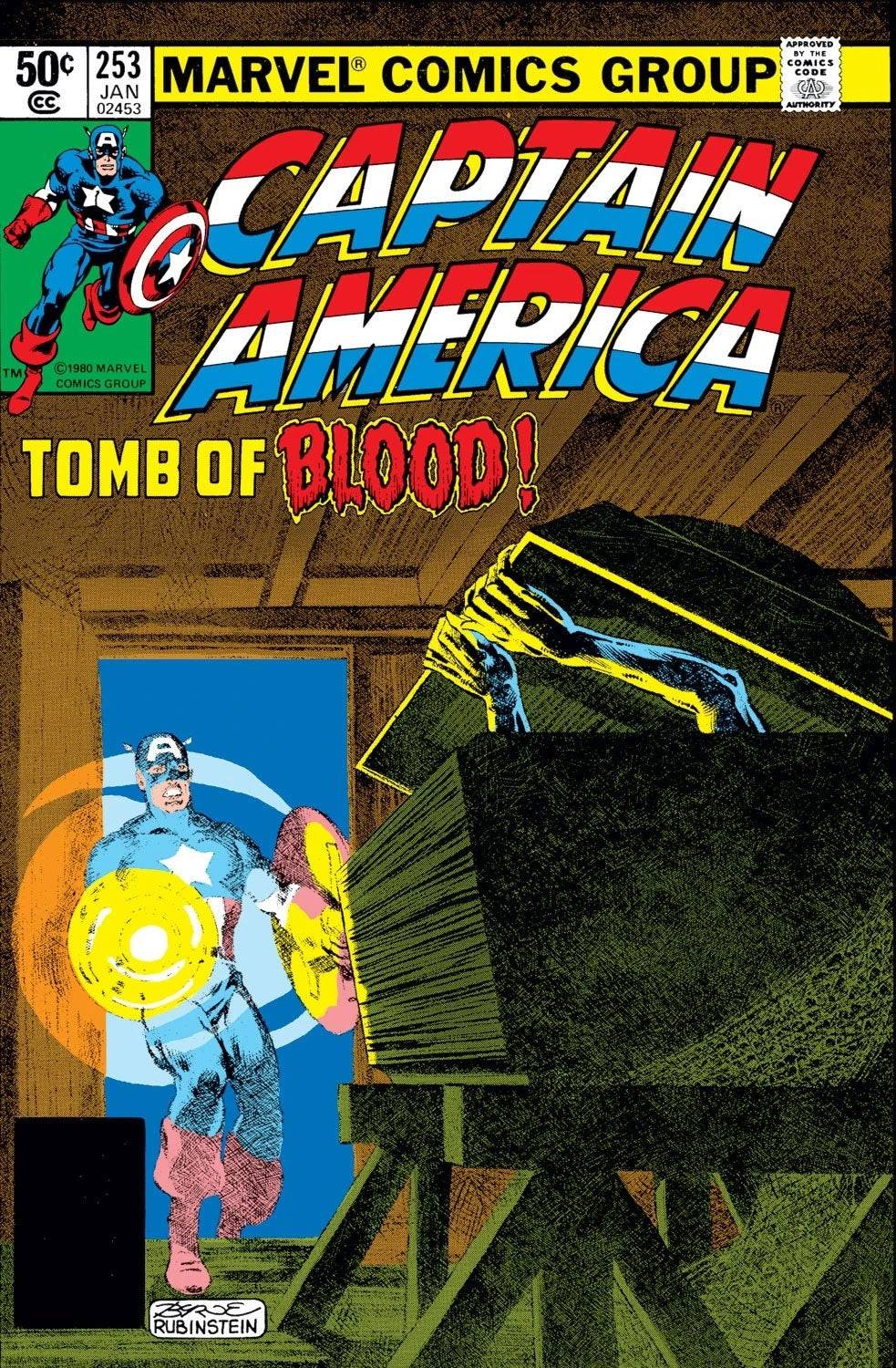
Roger Stern and John Byrne's brief but impactful run on Captain America included the gripping battle with Baron Blood in issues #253-254. This darker tale, featuring a Nazi vampire from Cap's WWII days, showcases the duo's storytelling prowess and artistic excellence.
Moon Knight Becomes a Hero and Marvel Helps Create the G.I. Joe Mythology
Moon Knight's transformation from an antagonist in Werewolf by Night #32 to a full-fledged hero in his own series with Moon Knight #1 is another highlight of the 1980s. This issue solidified his backstory and introduced his alternate identities, setting the stage for all future Moon Knight stories.
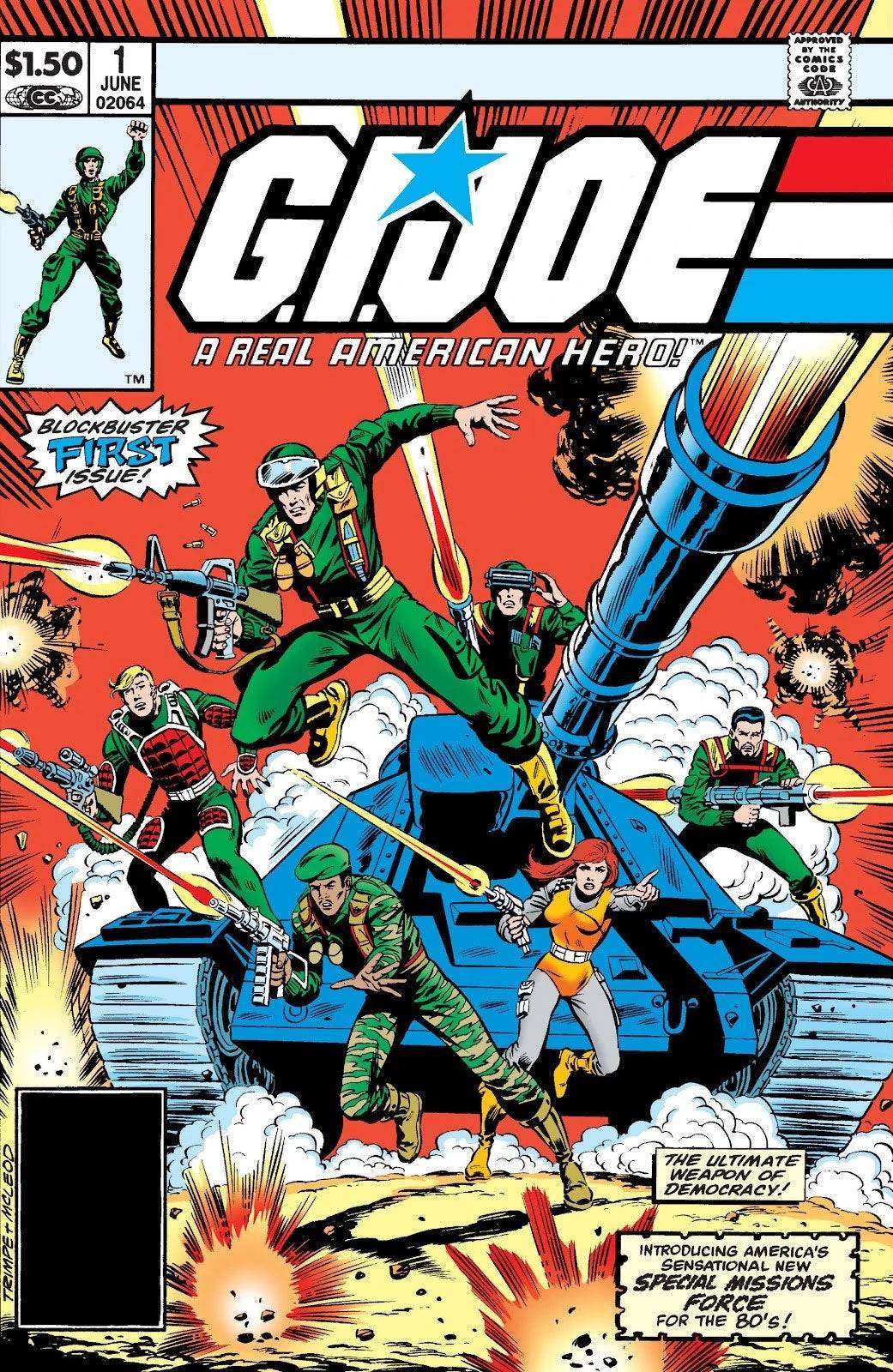
While not owned by Marvel, the G.I. Joe franchise owes much of its character development to Marvel Comics. Starting with G.I. Joe #1 in 1982, Marvel's creative team, led by Archie Goodwin and Larry Hama, crafted a rich mythology around the Real American Hero toy line. Hama's work not only made G.I. Joe one of Marvel's most popular titles but also resonated strongly with female readers due to its equitable portrayal of female characters.
The 1980s truly were a golden age for Marvel Comics, with a wealth of unforgettable stories and characters that continue to captivate fans to this day.
Zenless Zone Zero Update Cycle Leak Hints at Future Content cadence
All Mavuika Materials, Kit, and Constellations in Genshin Impact
Counterfeit Bank Simulator: Minting Solution for Economic Crises
Marvel Rivals: Season 1 Dracula Explained
Best Xbox Game Pass Games For Kids (January 2025)
Solo Leveling: Global Tournament Draws Near
Power Rangers: Uncover Hidden Secrets in Rita's Carnival and Cemetery
Albion Online launches Paths to Glory update with new content, boosted spawn rates, and more

Gratuite - Vegas Slots Online Game
Download
من سيربح المليونين
Download
Word Blocks Puzzle - Word Game
Download
Dollars-Old Vegas Slots
Download
Squad Fire Gun Games - Battleg
Download
Draw Creatures
Download
Миллионер - игровые автоматы
Download
Guess the Word. Word Games
Download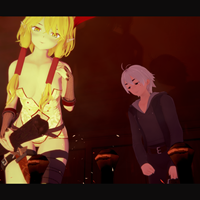
Guild of Spicy Adventures 0.55
Download